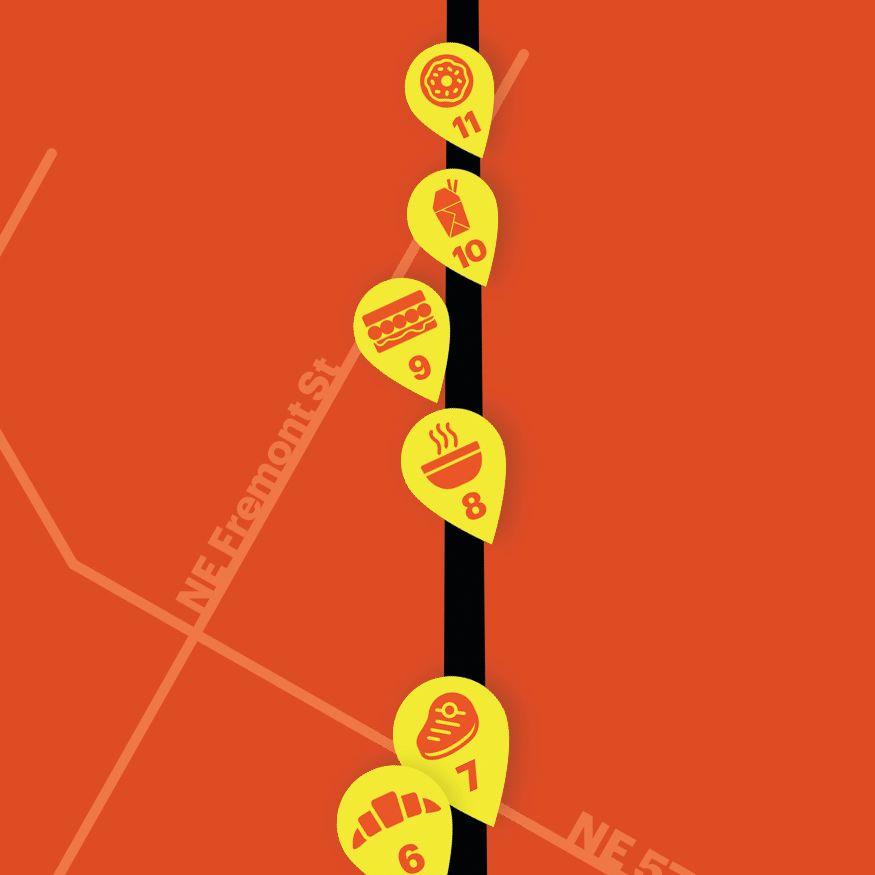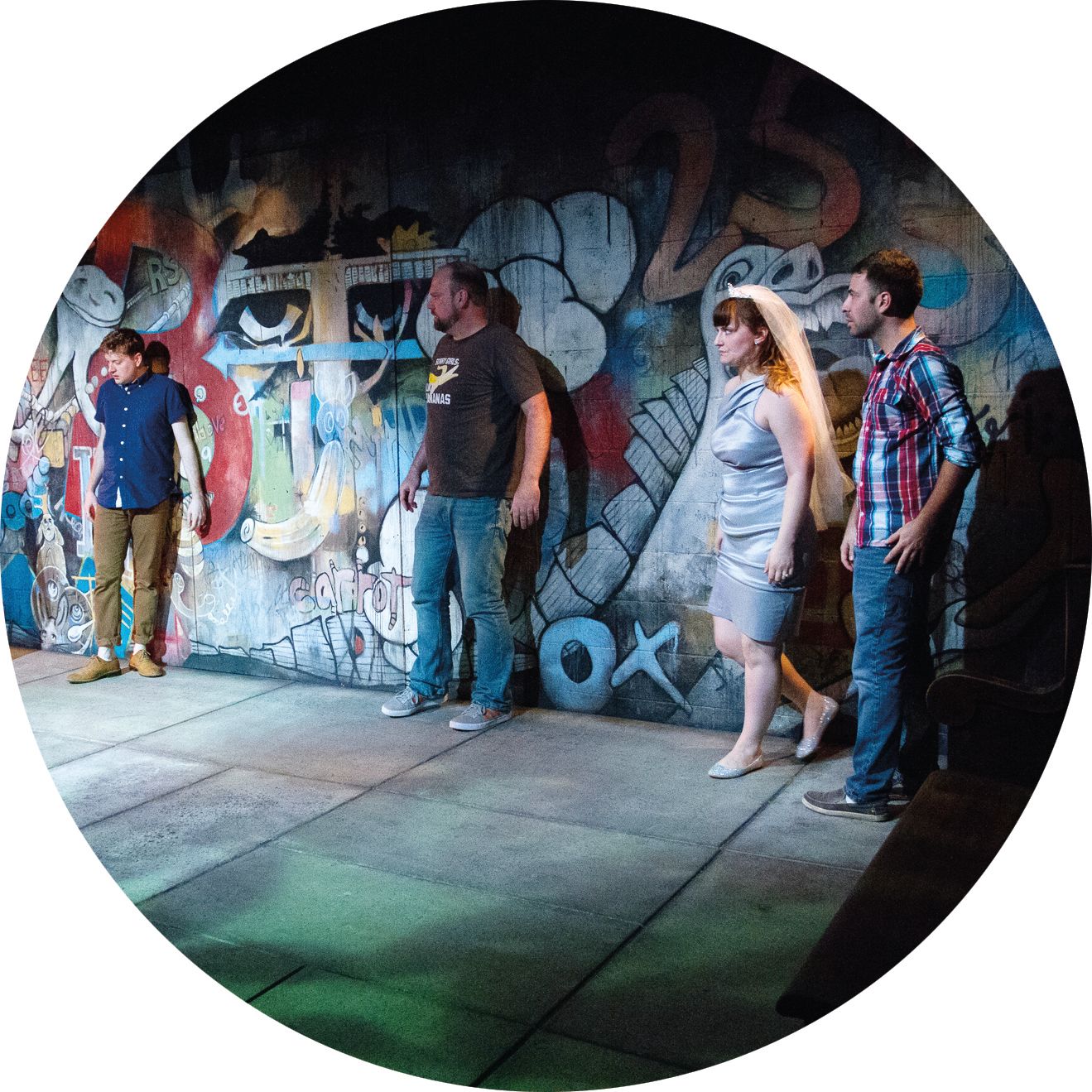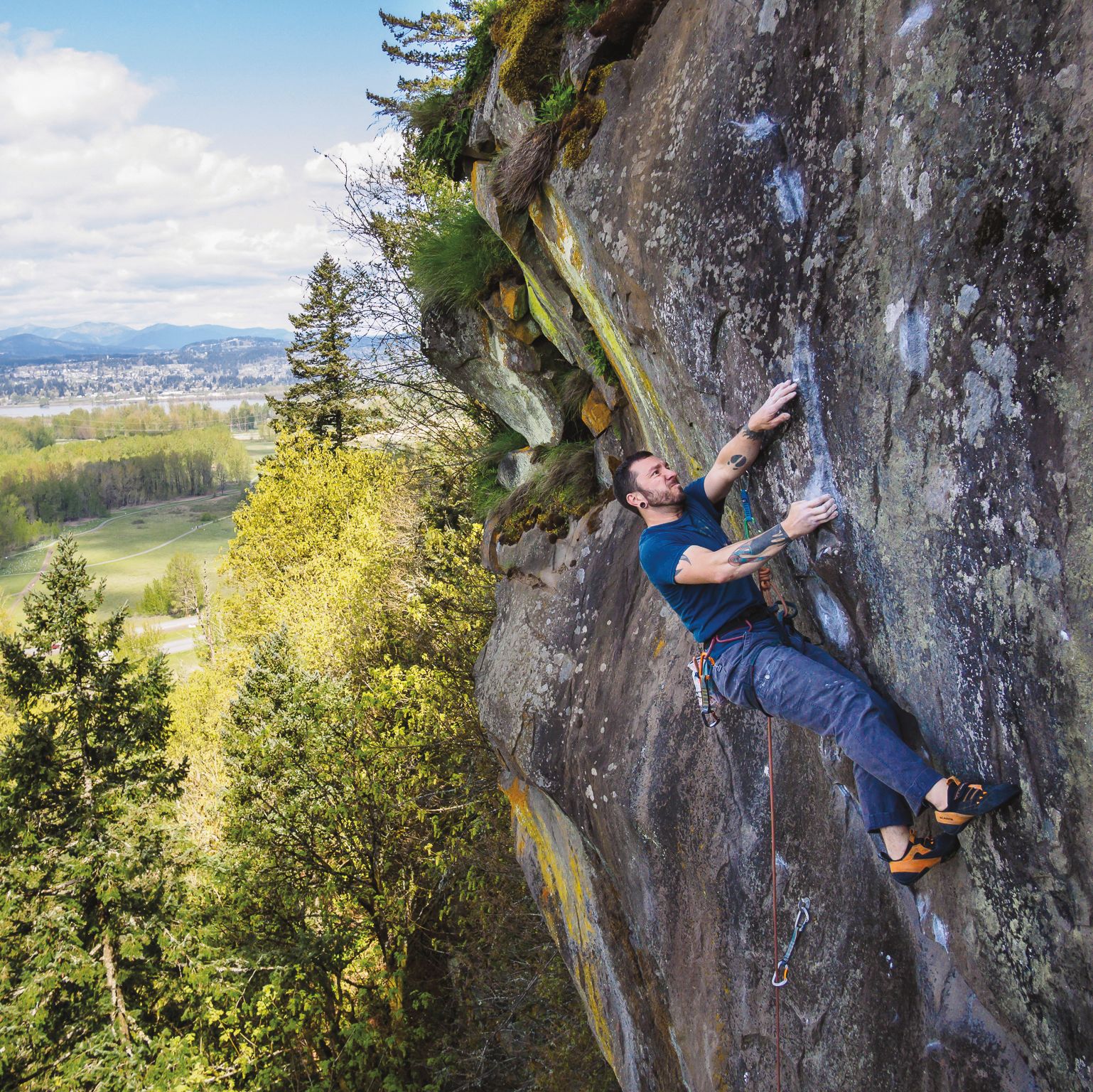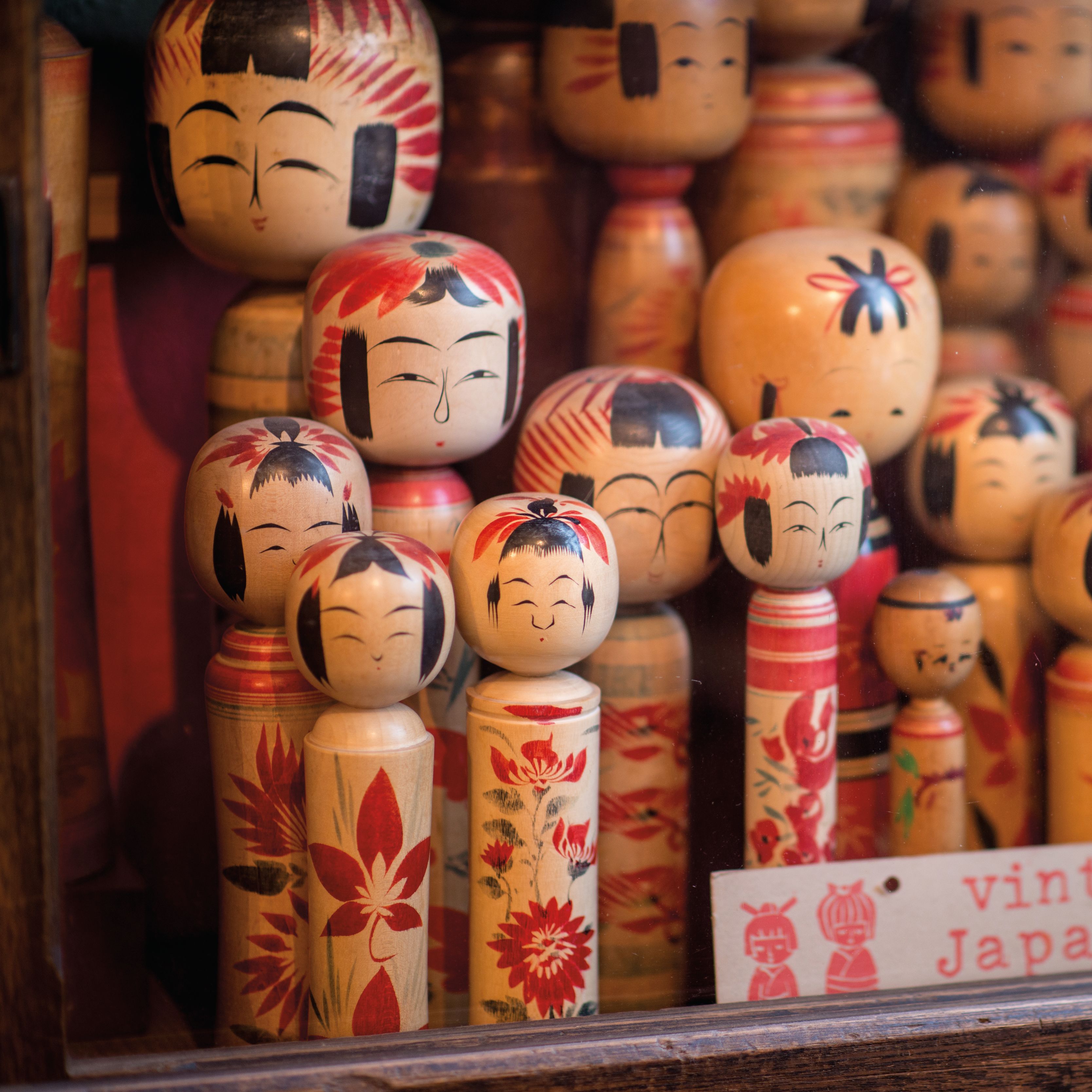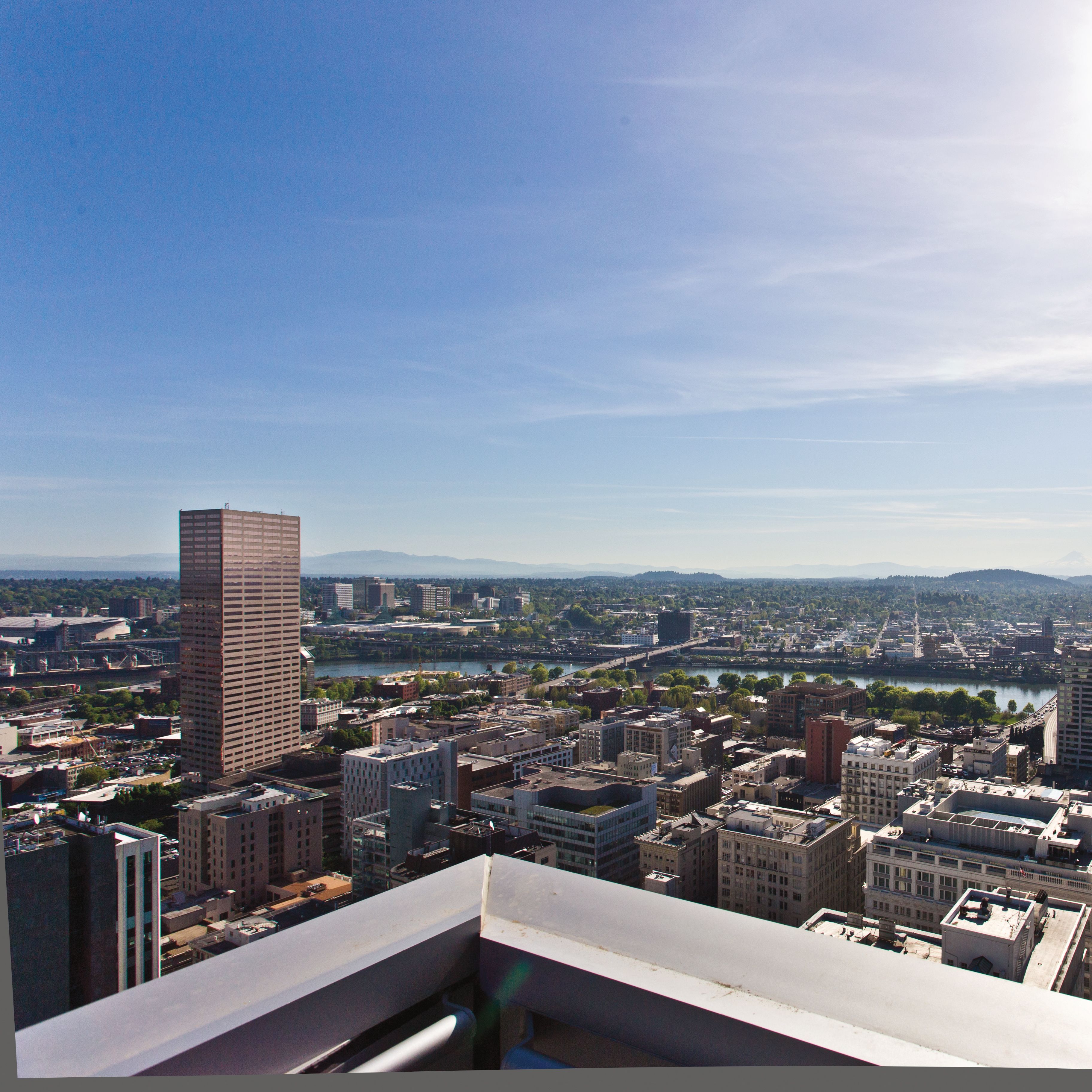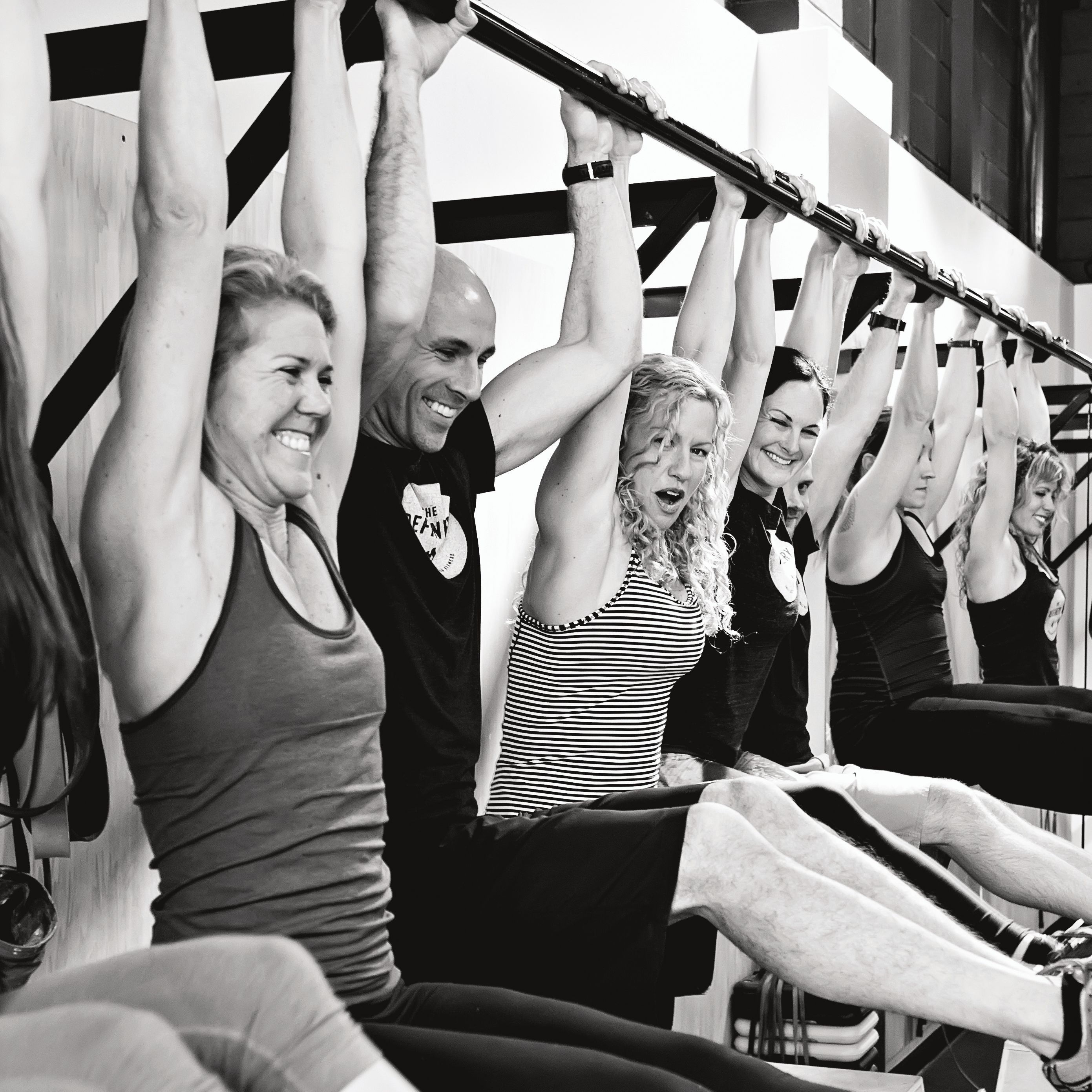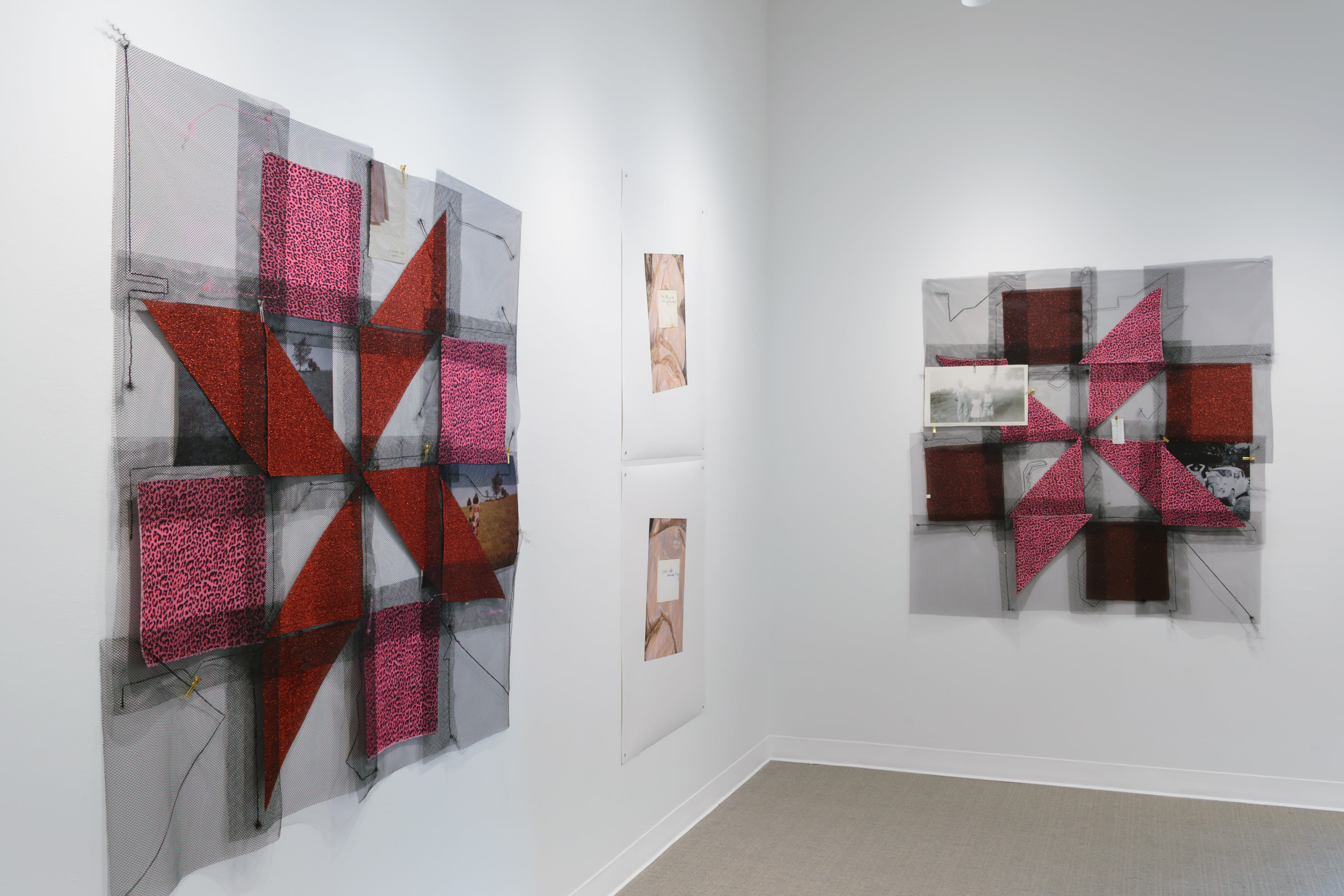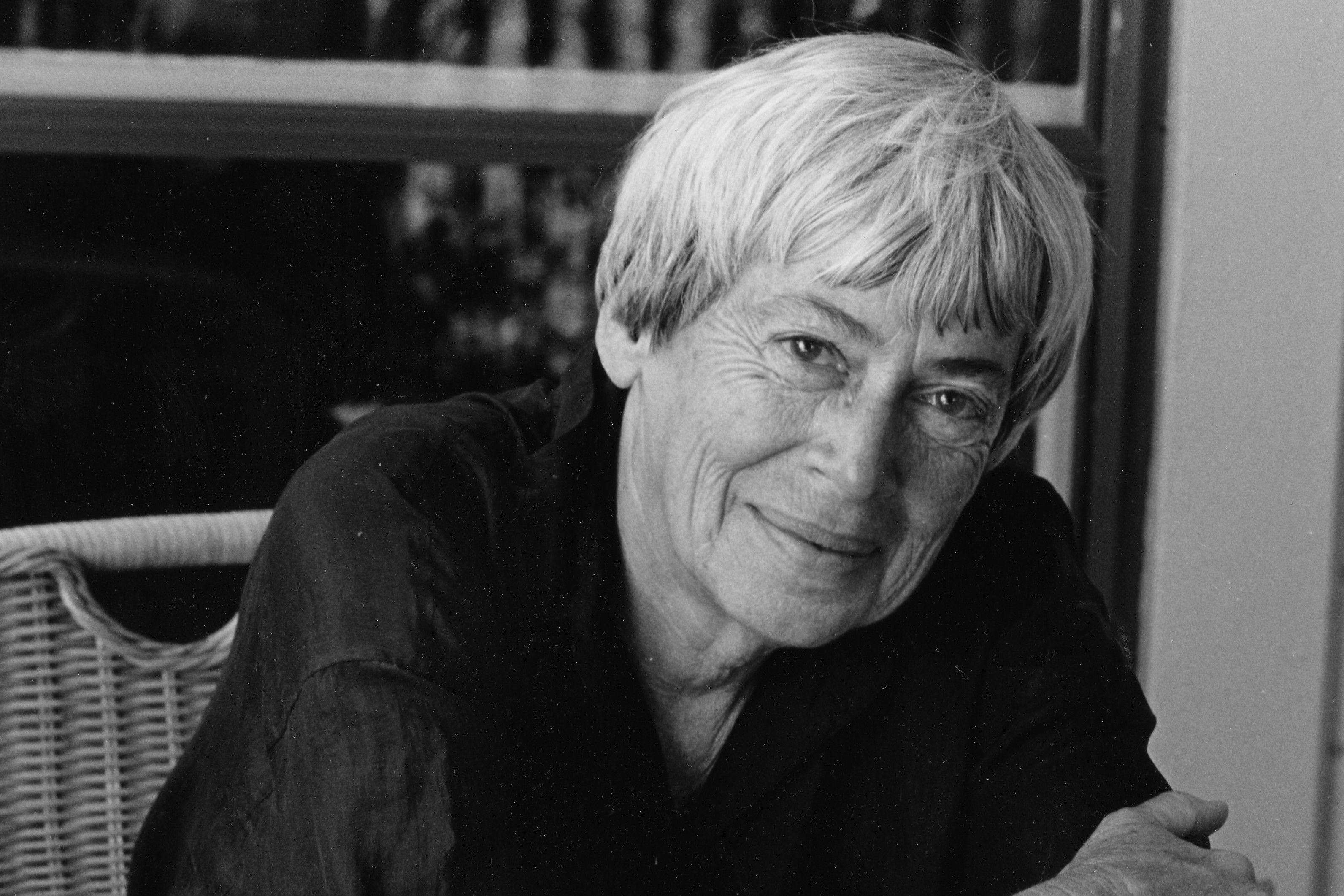This Exhibit Will Tell You Everything You Need to Know about Oregon Art Right Now

Beauty & Beads by Whitney Minthorn
Image: Courtesy Whitney Minthorn
The current Portland art scene is a lot of things: broad-based, eclectic, somewhat high-strung, and often high-concept. But easy to access? Not so much. How do you take the pulse of something so ragged and rangy and hard to pin down? How about a singular, galvanizing crash course in the best (or, at least, most provocative and striking) contemporary art the city and state have to offer right now? That’s what the Portland Biennial sets out to do, pulling from Oregon’s creative landscape a selection of artists whose work will inevitably inspire debate. (What else is art for, really?) Wherever you land, the exhibition’s nine-week run promises to be 2016’s essential rallying point for contemporary art around here.
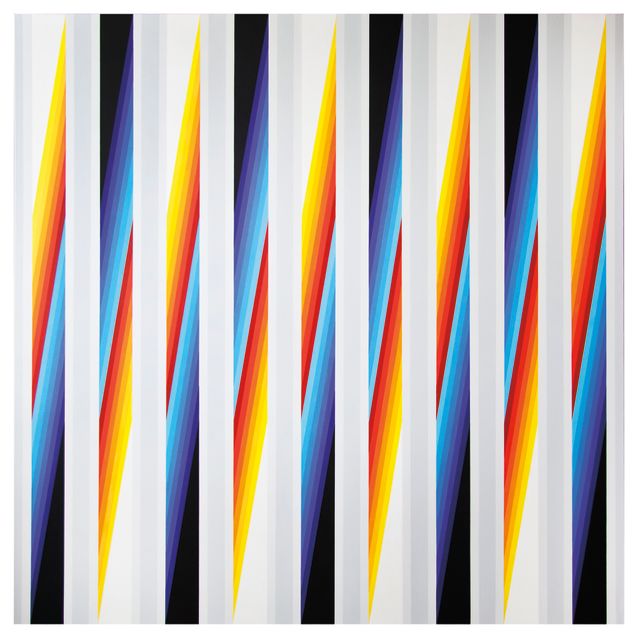
Ellen McFadden’s Niimiipu
This year’s artists—videographers, sculptors, geometric painters, 3-D printmakers, and more—were selected by Michelle Grabner, a nationally recognized artist, critic, and educator, who splits her time between Milwaukee and Chicago and was cocurator of New York’s prestigious Whitney Biennial in 2014. She began with a giant roster of more than 400 artists from all over the state: Ashland to Astoria, Portland to Pendleton. That list led to 107 studio visits, after which only 34 names remained. The Biennial will showcase Grabner’s choices in 25 venues across the state, including Ashland’s Schneider Museum of Art and the Gallery at Pinckney Center in Bend. But the show’s anchor will be the 12,000-square-foot former bowling alley that’s the home base of Disjecta, the eternally scrappy North Portland nonprofit that orchestrates the whole production.
Grabner also went through a selection process: her name surfaced at a meeting of what Disjecta’s Bryan Suereth calls his consiliare: about 18 advisers who gathered in February 2015 to choose a curator from outside the region. “I drove her all around the state,” says Suereth. “I believe it is the most comprehensive survey of Oregon artists ever by a single curator.”

Still from Carla Bengston’s Mimetic Excess
Image: Courtesy Carla Bengston
Grabner was taking on a showcase with deep historical roots. The Portland Art Museum ran a biennial from 1981 to 2006, dropping the program in favor of its Contemporary Northwest Art Awards. In 2010, Disjecta revived the concept, adding modifications over the years, most notably the introduction in 2012 of a guest curator for each showcase. Grabner says she asked herself: “How can I build on a history but also be able to bring out some issues that are relevant to what we’re thinking about?”
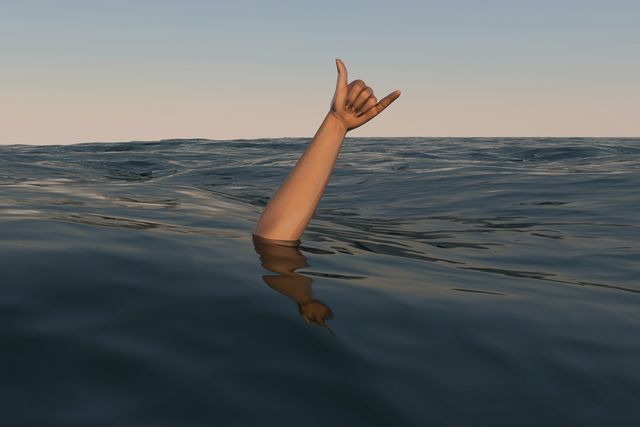
Water Sign by Rick Silva
Image: Courtesy Rick Silva
She was looking for artists whose “engagement in work, in art, in a creative process was almost bigger than themselves,” and found 34 that satisfied the criteria: among them Eugene’s Rick Silva, who translates the natural world into digital images; Pendleton’s Whitney Minthorn, who works in portrait photography and imagery from the beauty industry; and Heidi Schwegler from Portland, who modifies discarded objects to alarming and provocative effect.
To get the full scope of Oregon’s artistic output, plan a road trip: with Disjecta, Grabner has created a multipart show that pulses through the state, bringing Portland artists to faraway outposts and rural artists into city spaces. It’s been a logistical hustle for Suereth, creating venues from such spaces as an old hardware building in Clatskanie and a former printers’ shop in The Dalles in his search to match the right art with the right setting. With the exhibits locked down—including a “salon” at Disjecta’s main gallery with work from each of the 107 artists selected for studio visits—all that’s left is the audience: Suereth’s hoping to hit more than 40,000 attendees over the Biennial’s two-and-a-half-month run.
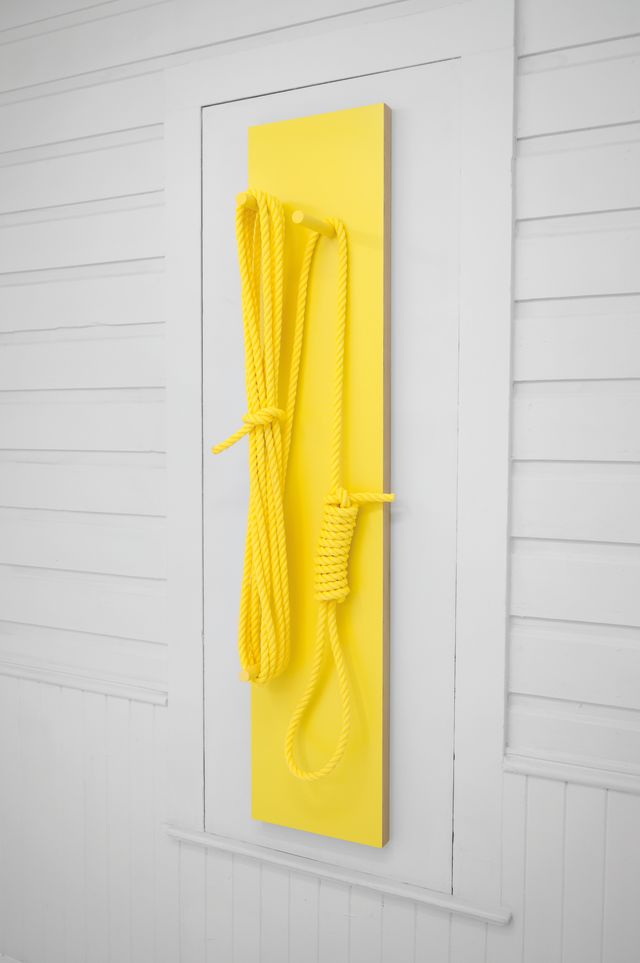
Enough Rope by Donald Morgan
Attendance, critical reception: these are measures of success that Suereth acknowledges. But he comes back to the artists. “That’s what it’s really all about, celebrating the artists that are producing this great work in the state of Oregon, and stacking and measuring it against what is happening elsewhere,” he says. “I think that’s a measure of success—how well the artists feel represented, how meaningful it is an experience for them.”
Whatever happens once the galleries’ doors open, Portland-based multimedia artist David Eckard says his selection for the Biennial has already served a purpose. “For me, it’s a simple ‘keep going, you’re doing fine,’” he says. “Keep doing work, keep doing work, keep doing work.”


